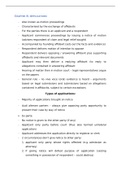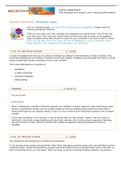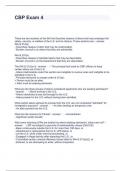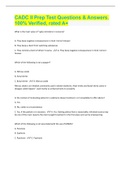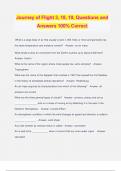Class notes
Civil Procedure 371 semester 2: lecture notes and drafting
- Course
- Institution
- Book
The second semester notes of civil procedure are made from the lectures, the prescribed textbook and gives a thorough understanding of how to draft important documents in legal proceedings. I used these notes to study for the second semester test and exam and achieved an overall distinction for my ...
[Show more]
